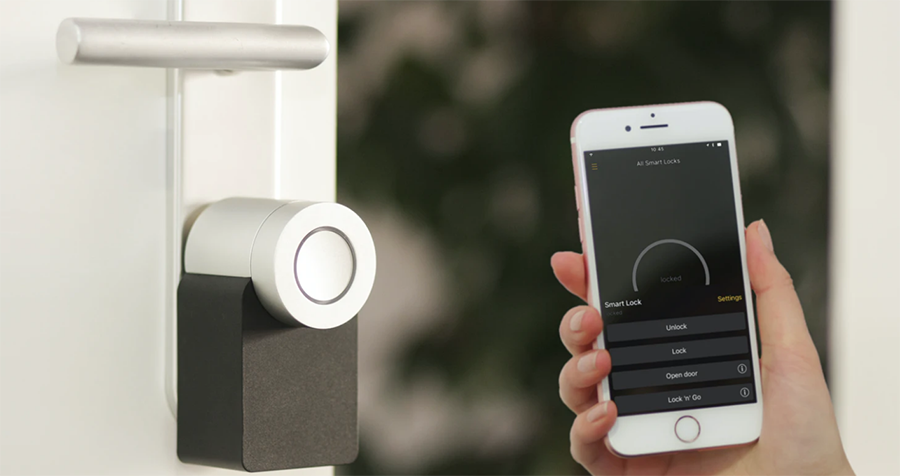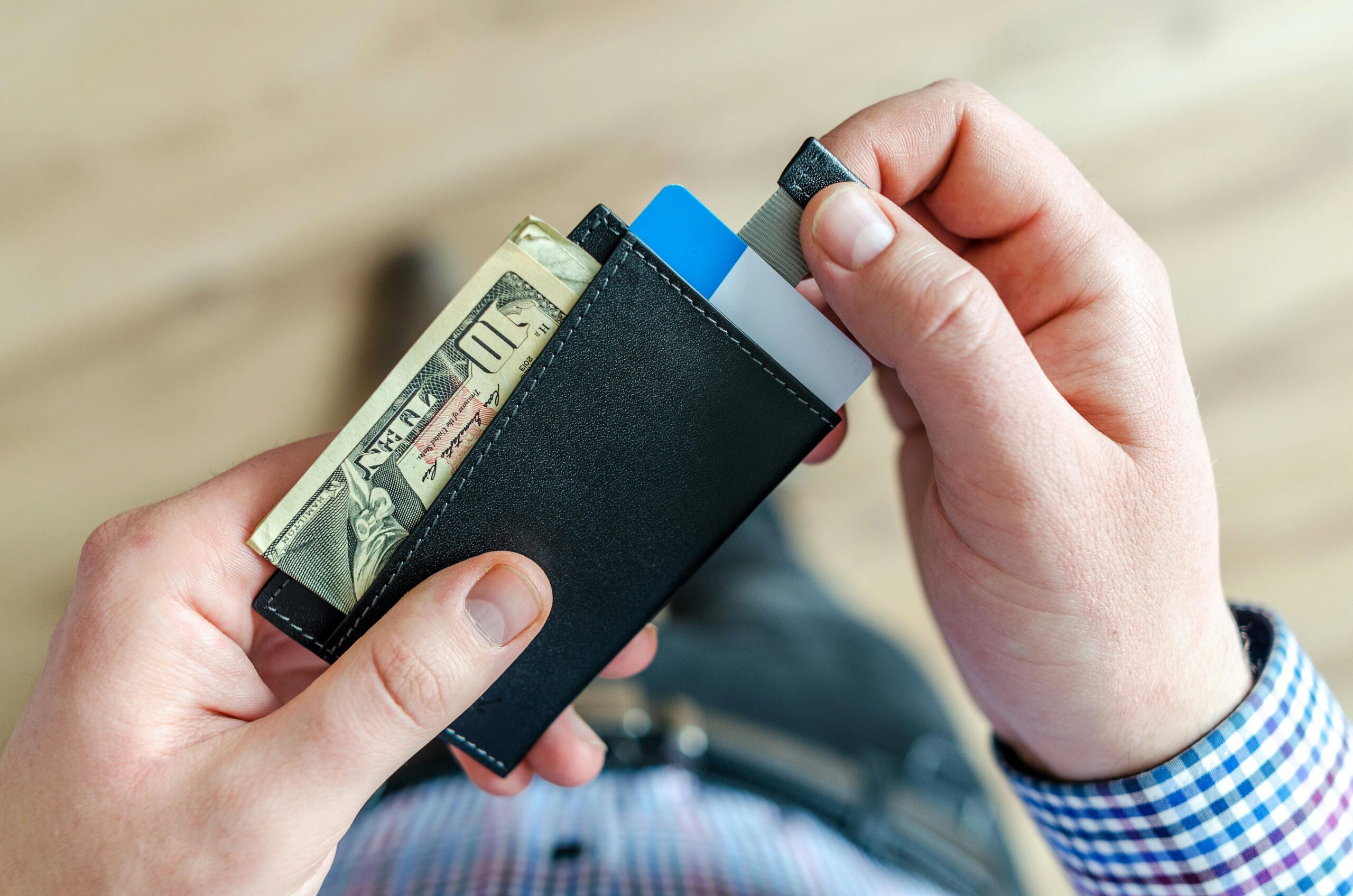In today’s digital age, the concept of making money from the comfort of one’s own home has gained immense popularity. One avenue that has emerged as a lucrative option is selling used clothing on various mobile apps. This innovative approach not only allows individuals to declutter their closets and recycle fashion, but it also offers a convenient and accessible platform to turn pre-loved items into a profitable venture.
By harnessing the power of these apps, anyone can tap into a global marketplace, effectively connecting with potential buyers and capitalizing on the growing demand for sustainable and affordable fashion choices.
In this guide we have commissioned the expertise of the thrifting guru Gennifer Rose at My Thrift Life to explain the many benefits of selling used clothing through apps, highlighting how this endeavor can translate into a rewarding and flexible source of income.
How Much Money Can You Make Selling Thrift Clothes On the Apps?
The potential earnings from selling thrift clothes on apps can vary widely, as they depend on numerous factors. These include the quality and desirability of the items you’re selling, the brands and styles you offer, the pricing strategy you adopt, the current market demand for those items, the fees associated with the platform you’re using, and the effort and time you invest in managing your store.
Some sellers may earn a modest side income, while others with a keen understanding of market trends and effective selling techniques can generate more substantial profits. As with any business endeavor, success is not guaranteed, but with careful research, attention to detail, and consistent effort, selling thrift clothes on apps can potentially provide a flexible and rewarding source of income.
Speaking from personal experience, when Gennifer Rose was dedicating around 20 hours a week selling on Poshmark, Mercari and eBay, she would make around $1,000 a month. Being that she was able to stay home with her young children and work on her own schedule, this was a great option for income.
The 7 Golden Rules of Selling Gently Used Clothing
- Find the Selling Apps that Are Right For You
Finding the thrift clothing apps that align with your goals and preferences is crucial to a successful venture. With a myriad of platforms available, each catering to specific demographics and offering unique features, the process can feel overwhelming.
Start by identifying your target audience—some apps cater to high-end fashion enthusiasts, while others specialize in budget-friendly options. Research each app’s user interface, listing fees, and payment methods to ensure they match your comfort level.
Popular platforms like Poshmark, Depop, and thredUP offer diverse opportunities, from peer-to-peer selling to curated boutiques. Ultimately, selecting the right app tailored to your style and aspirations will set the stage for a thriving secondhand clothing business.
- Know Which Brands are Hot Sellers
When it comes to thriving on thrift clothing selling apps, identifying the hot-selling brands is a strategic move that can significantly boost your success. These brands are not only recognized for their quality and style but also command a strong following, making them sought-after items in the secondhand market.
Researching and staying updated on current fashion trends can help you pinpoint these brands. Keep an eye out for well-known designer labels, popular streetwear names, and vintage favorites that tend to retain their appeal over time.
Additionally, consider the preferences of the app’s user base; some platforms cater to luxury brands, while others are geared towards more affordable and trendy options. By curating your inventory with these high-demand brands, you can attract a wider audience and bring more followers to your app store.
- Quality Photography
Capturing quality photos is an essential aspect of effectively selling branded items on thrift clothing selling apps. The visual appeal of your photos can greatly influence a potential buyer’s decision-making process.
To showcase the true value of these brands, focus on excellent lighting that highlights the item’s details and colors accurately. Use a clean, neutral background to eliminate distractions and allow the item to take center stage.
You can also outsource Ghost mannequin service or clothing photo editing from a photo editing service provider like Clipping Path Experts to save cost & time.
Multiple angles, including close-ups of logos, labels, and unique features, provide a comprehensive view. Consistency in photo style across your listings creates a professional aesthetic, boosting your store’s credibility.
Ultimately, investing time and effort into creating captivating and well-composed photos will elevate your items, attracting discerning buyers seeking quality in secondhand fashion.
- The Importance of Writing Accurate Product Descriptions
Crafting accurate and detailed descriptions is pivotal when selling branded items on thrift clothing selling apps. Your descriptions serve as a virtual storefront, providing potential buyers with crucial information about the item’s attributes.
Begin by specifying the brand, size, and condition of the clothing. Highlight any distinctive features, logos, or patterns that make the item noteworthy. Be transparent about any flaws, wear, or imperfections to build trust and manage buyer expectations. If applicable, include information about the item’s original price and its current value. Utilize relevant keywords to enhance discoverability in search results.
Ultimately, writing precise and informative descriptions not only empowers buyers to make informed decisions but also establishes your credibility as a reliable seller of branded thrift clothing.
- Stay Active and Respond Quickly to Questions from Buyers
Maintaining an active and responsive presence is vital when selling branded items on thrift clothing selling apps. Promptly addressing questions from potential buyers demonstrates your commitment to excellent customer service and can significantly impact the likelihood of a successful sale.
Regularly monitor your notifications for inquiries and messages, and respond with accurate and helpful information. Addressing queries about sizing, materials, and condition promptly can alleviate buyer concerns and encourage them to make a purchase. Engaging in open and friendly communication not only builds trust but also reflects positively on your brand.
By staying attentive and responsive, you enhance the overall shopping experience, making it more likely that buyers will choose your high-quality branded items amidst the sea of options available on these platforms.
- Offer Bundle Deals to Buyer
Offering bundle deals to buyers is a savvy strategy when selling items on thrift clothing selling apps. Bundles not only incentivize customers to purchase more items from your store but also enhance their overall shopping experience.
By grouping complementary pieces together, you create value for buyers seeking coordinated outfits or multiple items in one purchase. This can lead to higher transaction amounts and increased customer satisfaction.
Additionally, offering a discounted price for bundled items encourages buyers to explore your inventory further, potentially leading to repeat business. Bundles showcase your willingness to accommodate buyer preferences while efficiently moving inventory, contributing to a more dynamic and successful sales approach on these platforms.
- Patience and Persistence
Exercising patience and persistence is essential when navigating the world of selling branded items on thrift clothing apps. The process of building a successful online store takes time, especially as you establish your reputation, attract a consistent customer base, and fine-tune your strategies.
It’s important to understand that not every item will sell immediately, and setbacks or slower periods are common. Consistency in listing new items, regularly refreshing your store, and engaging with potential buyers are key practices that yield long-term results. Cultivating patience allows you to weather challenges while maintaining a positive outlook.
Likewise, persistence fuels your growth by enabling you to adapt, learn from experiences, and refine your approach over time. With these qualities at the forefront, your journey into the world of selling branded thrift clothing becomes a rewarding and potentially profitable endeavor.
In Conclusion
In conclusion, venturing into the realm of reselling secondhand clothing through online platforms presents a compelling opportunity for a fruitful work-from-home side hustle. The combination of technological convenience, a global customer base, and the growing demand for sustainable fashion makes this endeavor not only financially promising but also environmentally conscious.
By curating quality items, mastering the art of photography, crafting accurate descriptions, and maintaining active engagement with buyers, you can position yourself for success. Yet, as with any entrepreneurial pursuit, patience, persistence, and adaptability remain your steadfast allies.
Through these efforts, your work-from-home side hustle can evolve into a satisfying and potentially lucrative venture, fostering both your passion for fashion and your aspirations for a flexible and rewarding source of income.










